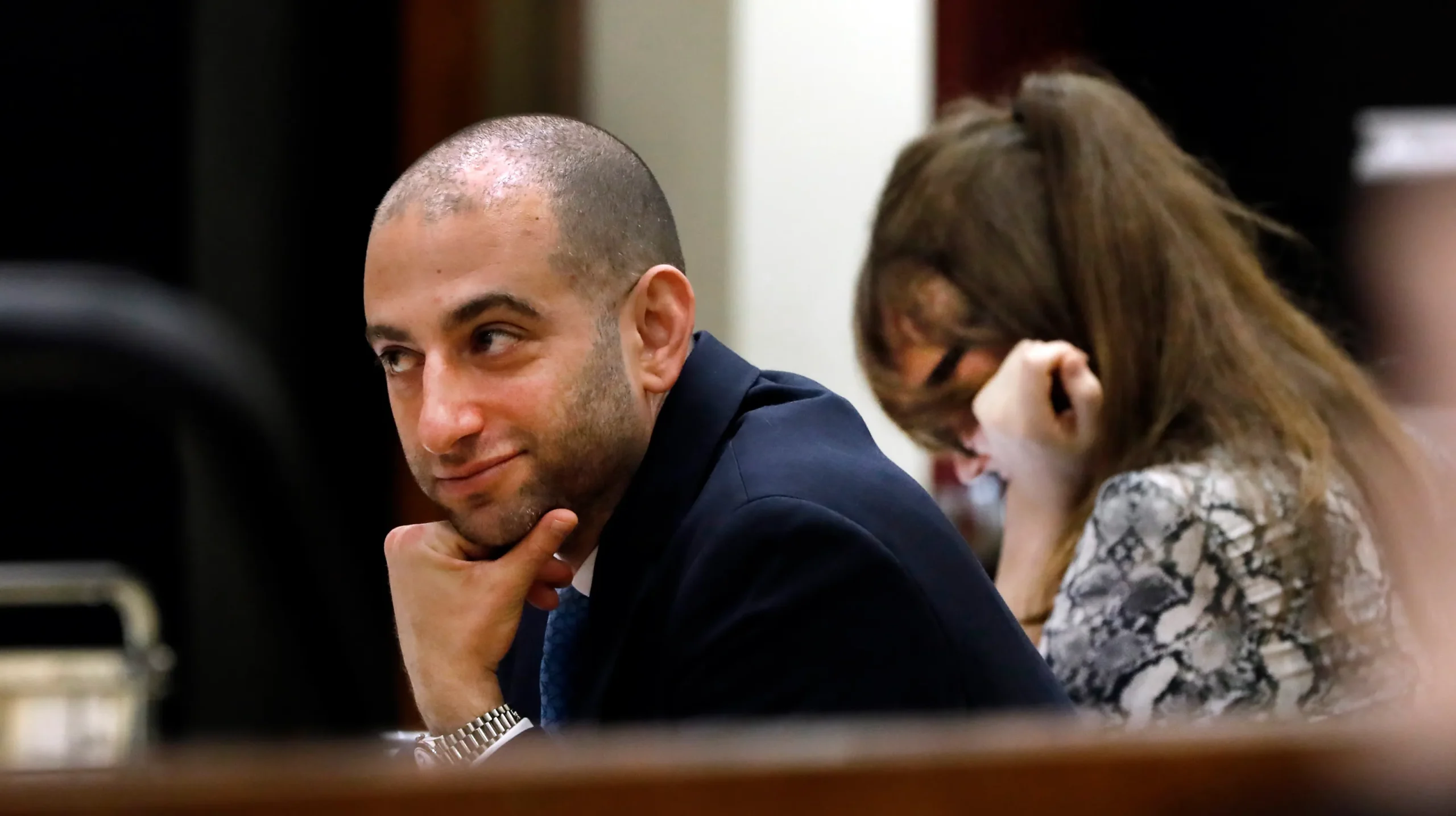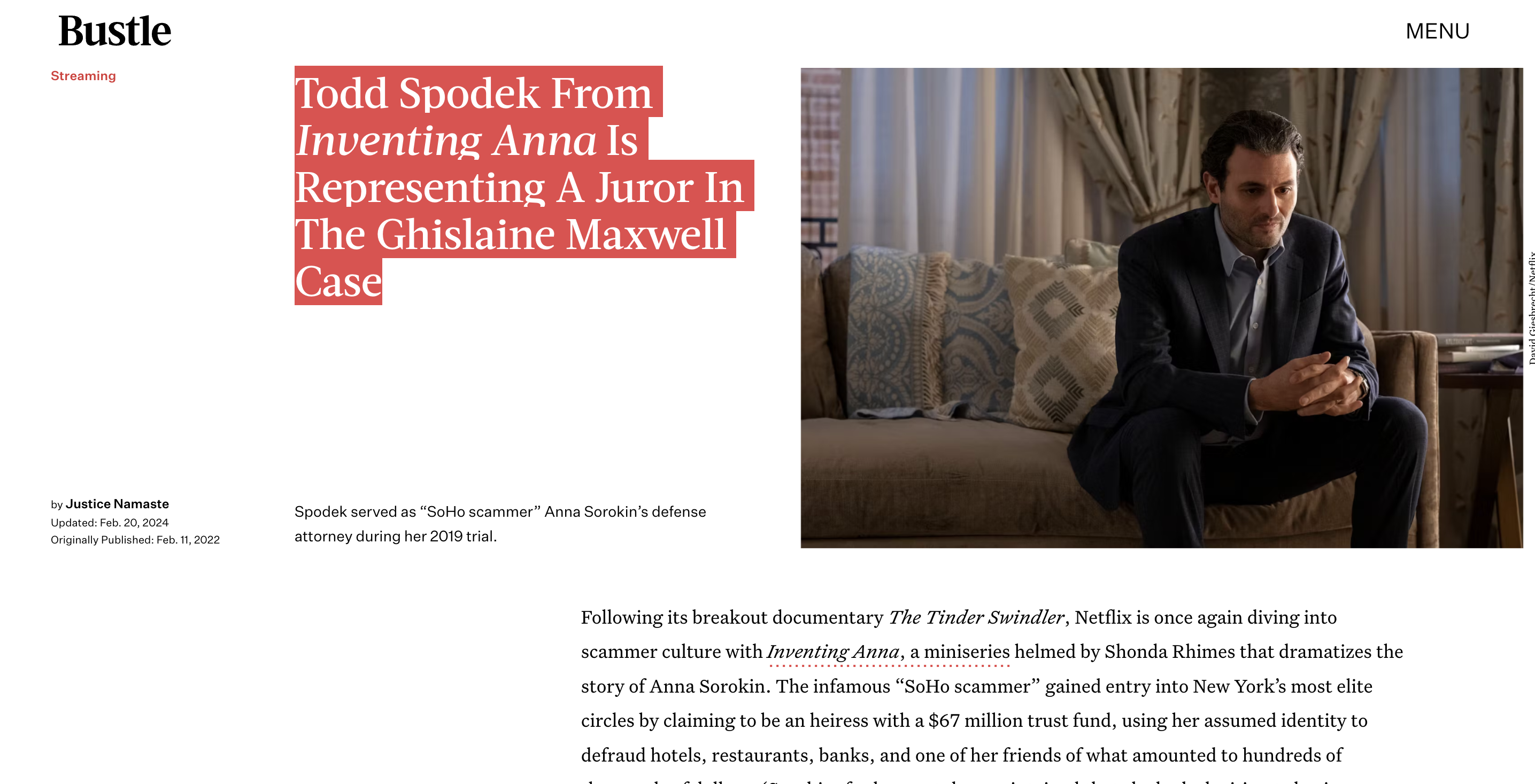Blog
Using FRE 105 to Limit Evidence Admitted in Counterfeiting Trials
Contents
- 1 Using FRE 105 to Limit Evidence Admitted in Counterfeiting Trials
- 1.1 The Basis for Limiting Evidence Under FRE 105
- 1.2 Key Evidentiary Issues in Counterfeiting Trials
- 1.3 How Judges Apply FRE 105 in Counterfeiting Cases
- 1.4 Defense Arguments to Exclude or Limit Evidence
- 1.5 Prosecution Arguments to Admit Evidence
- 1.6 Balancing Probative Value Against Prejudice
- 1.7 Drafting Effective Limiting Jury Instructions
- 1.8 Requesting Limiting Instructions
- 1.9 Challenging Improper Admission of Evidence
- 1.10 When Limiting Instructions Fail
Using FRE 105 to Limit Evidence Admitted in Counterfeiting Trials
Counterfeiting cases can involve all sorts of evidence that may be prejudicial or confusing for a jury. That’s why judges have an important gatekeeping role under Federal Rule of Evidence 105 to limit admissible evidence to only what is relevant and not overly prejudicial. FRE 105 gives judges the power to restrict evidence to its proper scope and instruct juries accordingly. This article will examine FRE 105, how judges apply it in counterfeiting prosecutions, and some of the key evidentiary issues that come up.
The Basis for Limiting Evidence Under FRE 105

FRE 105 states that “If the court admits evidence that is admissible against a party or for a purpose – but not against another party or for another purpose – the court, on timely request, must restrict the evidence to its proper scope and instruct the jury accordingly.” This rule gives judges the ability to allow evidence for one purpose but not another. For example, evidence of a defendant’s prior counterfeiting convictions might be allowed to show knowledge or intent, but not to prove propensity to commit the crime.
In counterfeiting cases, FRE 105 limits often come into play regarding evidence of other crimes. The prosecution may want to introduce evidence of past counterfeiting activities to show the defendant’s knowledge, intent, motive, preparation, plan, identity, absence of mistake, or lack of accident related to the charged crime. But that evidence may also improperly suggest the defendant has a propensity for counterfeiting. FRE 105 allows judges to admit the evidence for the legitimate purpose but instruct jurors not to consider it for propensity.
Key Evidentiary Issues in Counterfeiting Trials
Some of the main evidentiary issues that arise in federal counterfeiting prosecutions include:
- Other Counterfeiting Acts: Evidence of past counterfeiting activities may be admissible to prove knowledge or intent, but judges must issue limiting instructions under FRE 105 against using it as propensity evidence.
- Expert Testimony: The prosecution often uses Secret Service ink experts to show items are counterfeit. Limiting instructions may be needed to focus this complex testimony.
- Undercover Operations: Details of undercover counterfeit buys may need to be limited to prevent unfair prejudice about unsavory police tactics.
- Gang Evidence: If counterfeiting is tied to gang activity, judges must limit evidence to prevent guilt by association or unfair prejudice against the gang.
Judges have a lot of discretion under FRE 105 to balance the probative value of evidence versus unfair prejudice. On one hand, the evidence may legitimately prove something like knowledge or intent. But on the other, it may improperly sway the jury to convict based on emotions like fear, anger, or moral outrage against the defendant’s character.
How Judges Apply FRE 105 in Counterfeiting Cases
When evidence comes in for a limited purpose in a counterfeiting trial, FRE 105 requires judges to immediately instruct jurors on the specific limitations. For example, the judge may say something like:
“Ladies and gentlemen, you have heard testimony that the defendant was previously convicted of counterfeiting charges in 2015. I instruct you that this evidence may only be considered for the limited purpose of assessing whether the defendant had the requisite knowledge and intent to commit the counterfeiting offense charged here. You may not consider this evidence for any other purpose, including as proof that the defendant has a general propensity to commit counterfeiting crimes.”
In addition to these immediate limiting instructions when the evidence is introduced, judges must also give a final jury instruction before deliberations repeating the FRE 105 restrictions. That way, jurors have the limitations fresh in their minds when evaluating the evidence as a whole.
When crafting FRE 105 jury instructions, judges must walk a delicate line. The instructions need to clearly explain limitations without drawing more attention to the problematic evidence. Judges must also ensure the jury understands how to consider the evidence properly within the defined limits.
Defense Arguments to Exclude or Limit Evidence
FRE 105 gives the defense some powerful tools to exclude prejudicial evidence or limit its scope. Typical arguments include:
- The evidence has no legitimate probative value to any material fact.
- Any minimal probative value is substantially outweighed by unfair prejudice, confusion, or waste of time.
- Limiting instructions would be inadequate to cure the prejudice.
- The evidence would mislead or confuse the jury despite any limitations.
- Admitting the evidence would result in an inefficient “trial within a trial” on collateral issues.
For example, assume the prosecution wants to introduce evidence of the defendant’s past counterfeiting conviction from 2010. The defense may argue that this 8-year-old conviction has no legitimate probative value to show current knowledge or intent. Any minimal relevance would be outweighed by the prejudice of suggesting propensity. And limiting instructions would not cure the propensity inference poisoning jurors’ minds. On that basis, the defense would urge the judge to exclude the evidence entirely under FRE 105.
Prosecution Arguments to Admit Evidence
In response to defense objections under FRE 105, prosecutors argue factors like:
- The evidence directly proves the defendant’s knowledge, intent, identity, or other permissible purposes.
- Limiting jury instructions are presumed to be followed and would cure any potential prejudice.
- Excluding probative evidence would improperly impair the truth-seeking function of a trial.
- The defense has opened the door to this evidence through their arguments or witness testimony.
Prosecutors may cite the Supreme Court’s Huddleston decision, which held that courts should admit evidence of other acts under FRE 404(b) if it is relevant for any proper purpose unless the danger of unfair prejudice from propensity inferences substantially outweighs probative value. So prosecutors argue judges should be inclusive in admitting evidence, relying on limiting instructions to prevent any improper propensity assumptions by jurors.
Balancing Probative Value Against Prejudice
In deciding whether to admit evidence under FRE 105 or exclude it entirely, judges must conduct FRE 403 balancing. This requires weighing the legitimate probative value of evidence for proper purposes against the danger of unfair prejudice from improper propensity uses. Judges have broad discretion in this balancing process based on the specific facts. There is no bright line rule.
Factors judges consider include:
- The prosecutorial need for the evidence.
- The similarity between the other acts and the charged crime.
- The time lapse between other acts and the charged offense.
- Intervening events or circumstances.
- The reliability of the evidence.
- The expected effectiveness of limiting instructions.
If the balancing test favors admission, judges can rely on FRE 105 to limit evidence only for proper purposes and guard against unfair prejudice. But judges may still exclude the evidence under FRE 403 if they find the risk of prejudice substantially outweighs any legitimate probative value.
Drafting Effective Limiting Jury Instructions
For FRE 105 to work, limiting jury instructions must clearly explain restrictions in plain English that average jurors can understand. Here are some tips for judges drafting instructions:
- Explain permissible and impermissible uses of evidence in simple terms.
- Give concrete examples to illustrate proper applications.
- Emphasize that propensity uses are strictly prohibited.
- Repeat the core restrictions multiple times.
- Relate limitations to specific elements and defenses.
For instance, the judge may instruct: “You have heard evidence that the defendant was previously convicted of counterfeiting charges. You may only consider this evidence in deciding whether the defendant had the requisite knowledge and intent to commit the counterfeiting offense charged here. This evidence may not be used to conclude that just because the defendant counterfeited items before, he must have counterfeited in this case.”
Requesting Limiting Instructions
Under FRE 105, the party seeking to restrict evidence to a proper scope must request a limiting instruction. If neither side asks, the judge has no duty to issue restrictions sua sponte. So both prosecutors and defense counsel must be vigilant in asking for instructions when needed to guard against improper propensity uses of evidence.
The request should clearly define:
- The specific evidence to be limited.
- The permissible purposes of that evidence.
- The improper inferences or uses to prohibit.
And the party should submit proposed text for the immediate limiting instruction when evidence is introduced, as well as the final jury charge restricting its scope. This gives the judge a good starting point for drafting instructions that effectively communicate restrictions to the jury.
Challenging Improper Admission of Evidence
If a judge improperly admits prejudicial evidence in a counterfeiting trial without adequate FRE 105 limits, the defense can raise that as grounds for appeal after conviction. But appellate courts give great deference to trial judges on evidentiary rulings and rarely overturn on that basis.
To show reversible error, the defense must prove admission of the evidence was:
- An abuse of the judge’s broad discretion.
- Highly prejudicial based on the specific trial evidence as a whole.
- Influenced the guilty verdict by unfairly biasing jurors against the defendant.
That’s a very high bar. So while FRE 105 gives trial judges ample tools to restrict evidence, appellate courts are reluctant to second guess admissions of other acts evidence, even with imperfect limiting instructions. The defense may argue jurors used the evidence to infer propensity despite FRE 105 limits. But appeals courts generally defer to the trial judge’s discretion on both admission and restriction of evidence.
When Limiting Instructions Fail
In rare cases, appellate courts find that limiting instructions were inadequate to cure prejudice from propensity uses of evidence under FRE 105. For example, in a counterfeiting prosecution, the trial judge admitted evidence that the defendant was a high-ranking leader of an organized crime syndicate engaged in murder, drugs, and extortion.
The judge gave standard FRE 105 instructions that this “bad character” evidence could only be used to assess the defendant’s knowledge and intent regarding the counterfeiting charges, not for propensity. But the appeals court found this only highlighted the defendant’s poor character without much probative value, irreparably biasing jurors despite the limiting instructions.
While unusual, this case illustrates that FRE 105 restrictions are sometimes unable to “un-ring the bell” when highly inflammatory evidence comes in, poisoning the trial with unfair prejudice. In those situations, the only remedy may be reversing the conviction for a new trial excluding that evidence.









